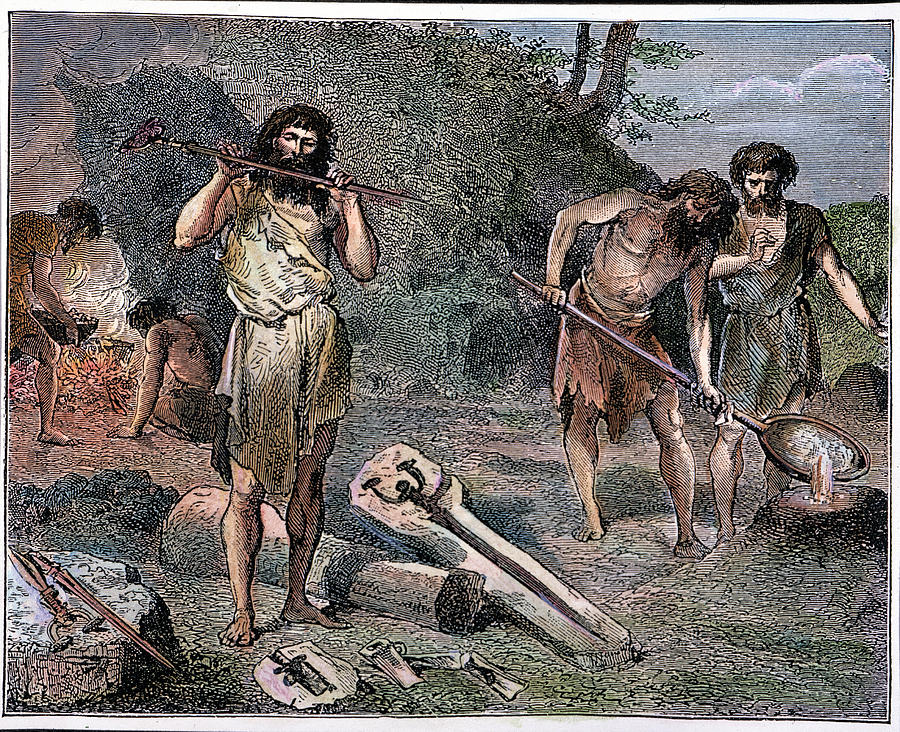RollingThunder
Gold Member
- Mar 22, 2010
- 4,818
- 525
- 155
Sorry thunder, you glassy eyed chanters are the ones who constantly get it wrong...Do you think that the energy reaching the outer atmosphere is the same as the energy reaching the surface of the earth?...
"Diffuse sky radiation is solar radiation reaching the Earth's surface after having been scattered from the direct solar beam by molecules or suspensoids in the atmosphere. It is also called skylight, diffuse skylight, or sky radiation and is the reason for changes in the color of the sky."
Pretty much yes, you poor confused moron....direct sunlight is only slightly diminished in intensity while passing through the atmosphere.
Sorry thunder, but once again...you are wrong...there is reason that were you able to expose yourself to direct sunlight above the atmosphere, you would be chicken fried in seconds and yet, here on the surface, you can bask in it all day if you like...there is a great deal of difference between the character of sunlight at the top of the atmosphere and down here on the surface...grasping at straws trying to save a failed point is classic thunder..
Sorry, SSoooDDumb, but you are wrong for about the millionth time on this forum.
I said that direct sunlight is diminished passing through the atmosphere....more so at certain frequencies of light.....the air filters out most of the ultraviolet, for example, which is the primary cause of sunburn.
You are stupidly and utterly confused by the scattering of some small part of the sun's energy by the air molecules, causing the sky to glow blue.
In fact, most of the energy from the sun reaches the Earth's surface....as I said.
"Of the ~340 W/m² of solar radiation received by the Earth (at the top of the atmosphere), an average of ~77 W/m² is reflected back to space by clouds and the atmosphere..."
- Wikipedia
I'm not really sure what you imagine your point to be anyway, you poor confused retard.



